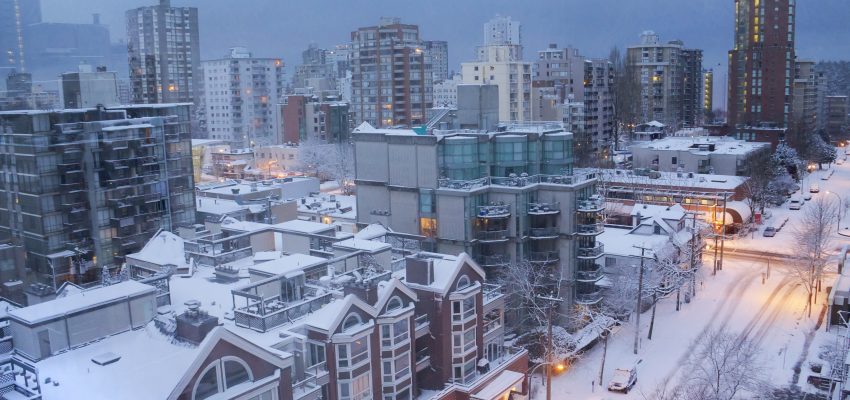Freezing winter weather often takes a toll on buildings and the infrastructure within them. Prolonged periods of freezing temperatures cause particular problems to exposed pipework around all types of buildings. Many believe pipe insulation will protect buildings through freezing periods, but is this measure enough?
The Danger of Frozen Pipes
When pipes freeze and burst, it can cause significant and costly damage to your property. This can keep businesses from operating effectively, or result in costly repairs and insurance claims for homeowners.
Heating service and support technicians are also put under great pressure to deal with large volumes of emergency calls, meaning help is often not readily available. That damage, as well as the threat of no heat when temperatures are below freezing, can become a serious issue.
Why Pipe Insulation May Not Be Enough
Insulating the pipes in your building can result in many effective benefits, including:
- Condensation control
- Pipe freeze protection
- Energy savings
- Control of noise
While insulated pipes are better than pipes with no protection, they’re not the best solution to achieve full frost prevention during the winter months. In fact, pipes in unheated areas such as basements, garages and attics are still at risk of cracks and bursts even with proper pipe insulation.
Heat loss is another important consideration to explore. For larger buildings, the loss of heat between the weather heater and the faucet can be significant. This is especially true for metal pipes, which lose heat faster than other alternatives. Insulation holds the heat around the pipes, making it much harder for the transfer of energy out into the unheated area. But for building owners hoping for an energy-efficient solution, insulating pipes isn’t the best option.
Heat Tracing vs. Standard Pipe Insulation
The importance of protecting buildings against this harsh reality is paramount. Leaders in the heating industry actively promote and recommend heat tracing solutions in combination with insulation as a solution to this potential annual problem to both engineers and consumers. Heat traced solutions help consumers prevent potential damages instead of having to react to emergency situations.
Heat tracing can help with pipe freeze protection by preventing the freezing of fluids in pipes. This solution is designed to replace the heat lost through the thermal insulation and provide heat where it is needed. This solution provides freeze protection to pipes whether they are inside, outside, above ground or below the ground.
While insulation is important, it can be combined with the power of electrical heat tracing and provide an energy-efficient freeze protection solution for years to come.
Learn more about how you can keep your pipes safe by downloading our Protect and Prevention worksheet below.



